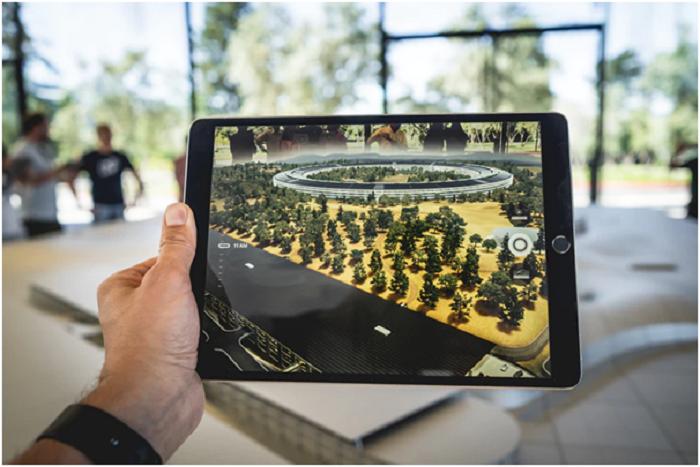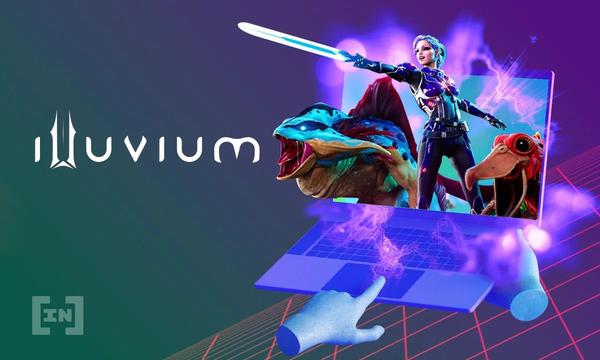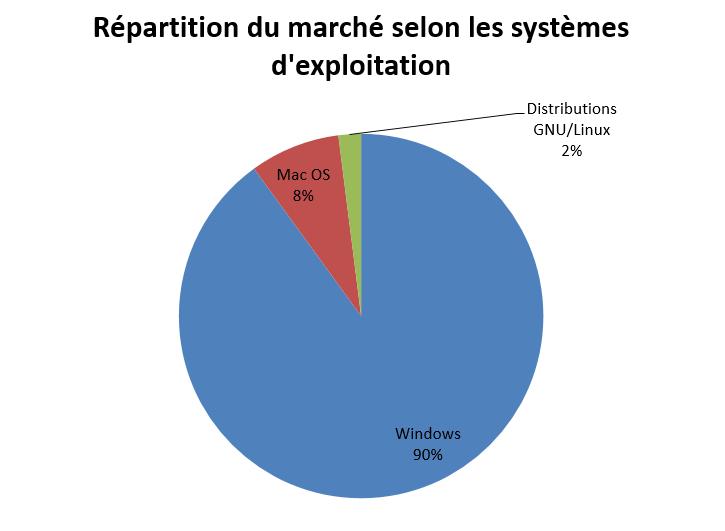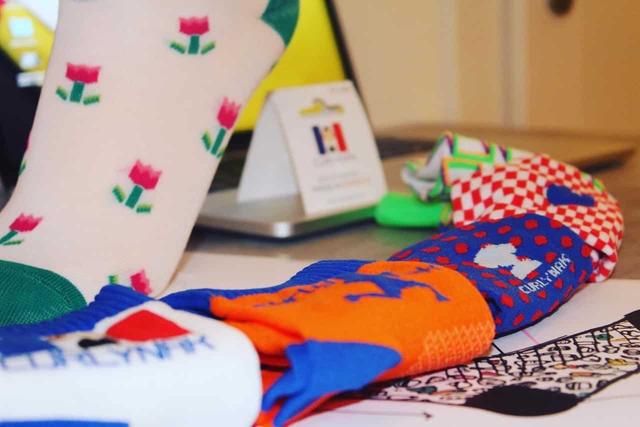Phygital experience: marketing at the service of consumers 5.0
The phygital experience is here to change current marketing trends. And the tendency to center the attention of any commercial strategy around the consumer is proof of this. Until recently, digital marketing alone gave good results to businesses, but in the midst of so many technological advancements, some of the most cost-effective methods for digital campaigns are no longer so effective…
Users are constantly changing their interests and it is clear that they need more and more stimuli to feel attracted and understood by brands. In anticipation of new generations of consumers, companies undoubtedly need to innovate in marketing resources, hence the creation of the phygital experience for better contact with customers. This type of strategy combines the actions of the digital world with those of the physical world in order to stimulate all the senses of the users as much as possible. If you want to know what this topic is all about and how you could implement it, keep reading this article where we will tell you everything you need to know about it.
What is a phygital experience?
The phygital experience involves the combination of digital strategies in the physical stores of each brand. It is oriented towards the use of innovative technology that makes the consumer experience unique and unparalleled during the interaction with the brand. Phygital experiences can be carried out in different ways, the most important being being able to apply the technologies that are best suited to the brand's niche market and the target audience that will benefit from it.
For the phygital experience to be positive, the technologies with which the user interacts in the store must facilitate certain processes or actions. For example, they must make it easier for them to access a product or make their visit to the store more satisfying and interactive.
Finally, the biggest advantage of applying this type of strategy is that the user has a good impression of the brand. The idea is that customers benefit during their visit, that they discover new ways to interact with the products and that their needs are satisfied. This undoubtedly represents the ideal formula for the customer to want to come back.
Phygital experience Vs. digital experience
Today it is true that a large part of users prefer to buy products online, but this practice has a barrier that prevents close interaction with the consumer. Since the development of the digital age, many consumers have detected the shortcomings of online commerce in aspects such as advice and human contact, which is why there is currently concern about how to mitigate this type of problem.

Consumer 5.0 is described as the customer of the new era, represented by the growing generations that are characterized by high expectations in terms of customer relations. In the era of tech boom, it is more difficult to impress them through online methodologies alone. This is why many brands are turning to other resources, combining the best of the 360 degree customer relationship and experience that can be provided in a physical space, with the most innovative technologies that facilitate the process of 'purchase.
Several brands have chosen to apply the multi-channel strategy where customers can choose the means by which they want to make their purchases, that is why there are physical stores, online stores, shopping at through social networks, etc. For the 5.0 customer, the differences between a physical store and an e-commerce site are not visible. The phygital strategy therefore goes a step further and merges online and offline channels so that the consumer gets the best version of the business.
Technologies for the phygital experience
The phygital experience is still a new concept, but large companies are beginning to implement this strategy to anticipate the future needs of their customers and always give them the best impression. Some of the most widely implemented technologies to deliver a phygital experience include:
Beacons
Beacons are devices that store information about products, structures, companies, among many other sources. Using Bluetooth, they can transmit relevant product information to users around them via smartphones or media devices. At the same time, it generates data that the company can use to better leverage the products it sells.
RFID (Radio Frequency Identification)
RFID is an innovative technology that replaces traditional product tags. These devices have the ability to provide multiple data on the product, from information such as size, stock, forms of use and frequency of purchase, to data relating to the logistics of the product. . It is a great help both for companies, because it allows them to carry out precise inventories in a few minutes, and for users, to whom it offers a series of advantages and conveniences at the time of purchase.
This type of technology is used in "intelligent fitting rooms" The mirrors are then linked to RFID and make the customer experience much more complete and satisfying: they provide useful data to improve their purchase, for example by indicating to him the pieces to combine or even the occasions when he can wear the garment, among many other functions.
KINECT
Kinect is a specialized mirror technology capable of recognizing the human figure and interacting with it through store products. It is particularly useful for clothing stores.
Augmented Reality
Augmented Reality is another technology that can produce a wonderful phygital experience. It makes it possible to recreate spaces through devices by observing how products would interact or look in a certain place or on a certain person. It allows you to better understand the product and even increase the possibility of comparing it with other products that are present in the recommendations of the application.
Examples of companies using the phygital experience
Nike
Nike is one of the major brands that has focused on recreating a phygital experience for customers in its stores , allowing each user to interact with the products and make their purchase 100% satisfactory.
IKEA
Ikea is a great example of how brands can use virtual reality and augmented reality to optimize their customers' purchases and make them happy by personalizing every detail of their products and of their buying experience.
Amazon Go
Amazon Go is one of the most technologically advanced stores for the phygital experience. It prioritizes the customer experience as much as possible by saving time without having to queue to pay and by obtaining recommendations for future purchases.
Conclusion
The phygital experience is a trend that has gained momentum in recent years and is expected to continue to grow. The use of advanced technologies, in addition to helping the company to optimize its investments, allows the customer to feel more identified and more empathetic towards the brand, which now better understands their needs and simplifies their purchasing processes.
As the consumer is constantly changing, we need to bring some of the technology we have into physical stores to build customer loyalty and increase the likelihood of repeat purchases in our business.
About the author
Michelle Hernández: Member of the Communication and Marketing team of Materialesdefabrica.com and Habitium.Fr
https://materialesdefabrica.com/ – https://habitium.fr/
Training: Degree in Psychology – Master in Neuromarketing and Big data.
Contact: contact@habitium.fr







